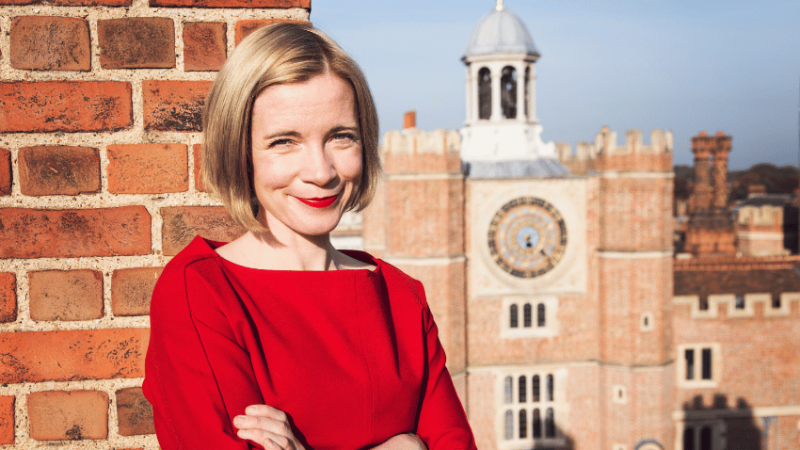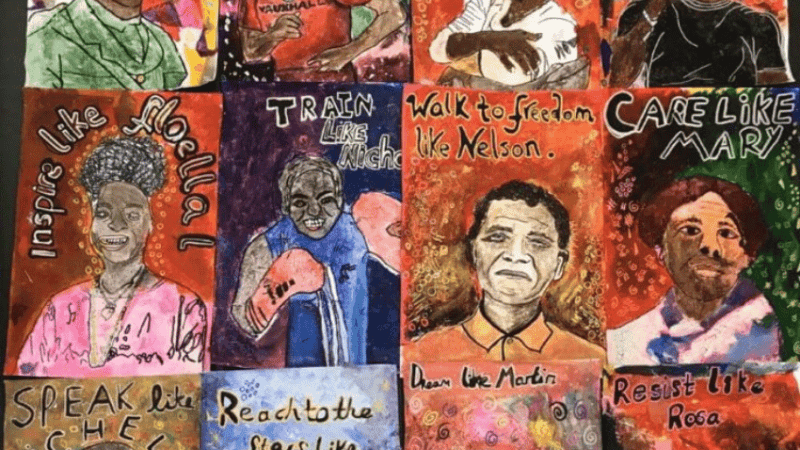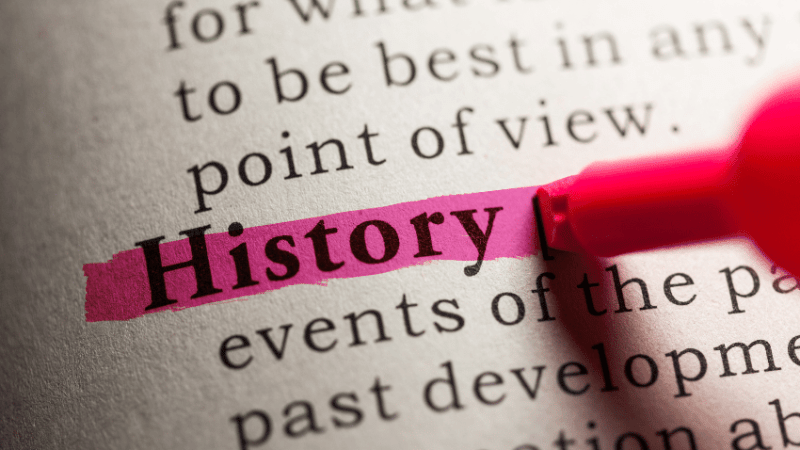Disability History Month – Embed disabled people into your curriculum
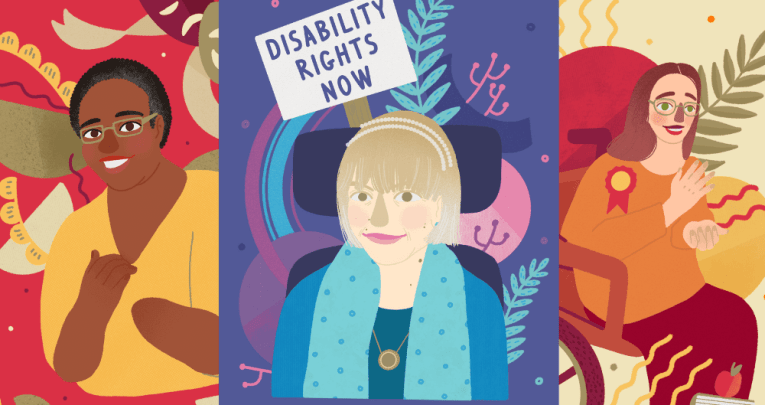
It’s high time people with disabilities were embedded into history curriculums says Bev Forrest – take up the challenge with these ideas…
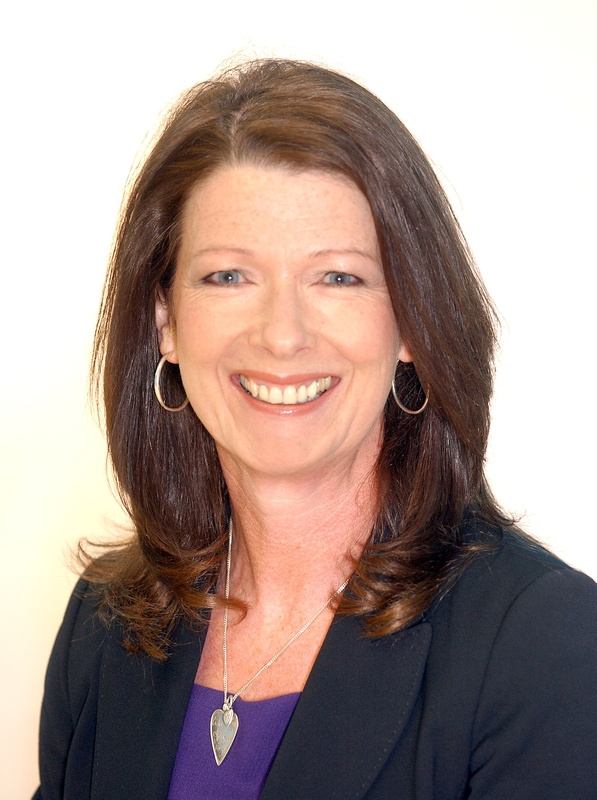
- by Bev Forrest
- History specialist, former chair of Historical Association Primary Committee
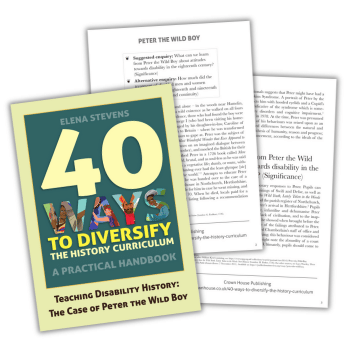
Disability History Month offers a vital opportunity for your school to celebrate the achievements, contributions and experiences of disabled people, both in the past and more recently…
Table of contents
What is Disability History Month?
UK Disability History Month was established in 2010 to celebrate the lives and achievements of people living with disabilities and to chart their work to achieve equality.
When is Disability History Month?
In the UK, Disability History Month runs from 20th November to 20th December 2025. This coincides with International Day of People with Disabilities on 3rd December and follows on from Anti-Bullying Week in November.
The theme for 2025 is Disability, Life and Death.
Why mark Disability History Month in school?
With figures from the DfE indicating that people with disabilities are two and a half times more likely to experience bullying than those without, we shouldn’t underestimate the link between disability and bullying.
The number of schools marking Disability History Month is increasing. However, it’s still low compared to months celebrating Black history and women’s history.
Why is this the case, given that we could identify around 20% of the adult population of this country as disabled?
Even more worrying than the low status of Disability History Month is that audits of school curriculums rarely contain evidence of disability history.
Where they do, it usually appears as a bolt-on inclusion of a significant figure with a disability within KS1 or a reference to the Paralympics when studying Ancient Greece at KS2.
It’s high time disabled people had their history embedded in the primary curriculum. Following the 2005 Disability Amendment Act, it’s also the law. Schools have a duty to promote disability equality.
A recent call-out on social media for schools undertaking quality work in this field had little response. However, there was great interest and enthusiasm from those wanting to develop this area. So why this lack of action?
“It’s high time disabled people had their history embedded in the primary curriculum”
Popular reasons included lack of resources, poor subject knowledge from teachers and a fear of doing and saying the wrong thing.
Ideas for changing your curriculum
Including disability history isn’t a quick-fix process, but one that requires sustained curriculum change to have any real impact – you’ve probably undertaken a similar process with other areas of diverse histories. The first step has to be an audit of your history curriculum and resources.
“Including disability history isn’t a quick-fix process”
Don’t despair if the outcome looks bleak. Instead, review how you can embed disability history as a thread throughout your curriculum.
EYFS and KS1 ideas
Let’s start with EYFS and KS1. This could involve looking at and challenging how we display disabled people in traditional tales. You can also ensure representative coverage of people with disabilities when looking at family structures and experiences.
Changes within living memory
You can carry this through into KS1 when studying aspects within ‘changes within living memory’. There’s great scope within KS1 in relation to significant people and events.
Remember, don’t just look at including disabled people, but also those who campaigned on behalf of those with disabilities.
Examples include Lord Alf Morris, whose work led to the Chronically Sick and Disabled Persons Act in 1970.
Helen Keller and Louis Braille
Figures like Helen Keller and Louis Braille have appeared on the curriculum for many years, but usually as part of a cross-curricular topic on senses. Take this opportunity to review how you are portraying them. Ensure you are celebrating their strengths and highlighting how they worked to overcome the barriers to achievement imposed by society.
By studying such figures we get a powerful commentary on attitudes towards disability at that time and in that place.
Votes for women
An increasingly popular event studied in KS1 is the granting of the vote for women over 30 in 1918. However, how often does the story include the suffragette Rosa May Billinghurst? She set up her local branch of the WSPU and attended rallies in her wheelchair – even chaining it to railings at Buckingham Palace.
In our drive to include these stories we must avoid shoehorning people into the curriculum as a tick-box exercise. Always consider if their story is worthy of inclusion and measure this against any stories you are removing.
KS2 ideas
An initial glance at the KS2 history curriculum and its focus on periods pre-1066 may make the inclusion of disability history appear more of a challenge. What if there’s a lack of evidence? Can we be certain if individuals in the past had a disability?
There are many lessons to learn in this area from recent steps to embed black British history within the curriculum. Work from the existing evidence of the attitudes and treatment of disabled people.
Subject knowledge resources from Historic England and World of Inclusion make great starting points.
It’s clear from these that in some time periods and civilizations, people with disabilities fared better than in others. The passage of time was not always a move towards a better situation and more equal society.
Tread carefully – some content, such as the horrific treatment of disabled people in Roman arenas, is unsuitable for primary pupils.
Local history
In terms of local history, you could study a hospital linked to a religious building or a workhouse or asylum in your area. By looking at a number of sites, alongside documentary evidence, chart the move from care within the community to the rise of institutions.
World wars
A popular topic at UKS2 is the impact of either the first or second world war on the country or your local area. We tend to focus on the number of fatalities, but what about the story of those who returned with disabilities? With better treatment of infections, their numbers grew significantly compared to previous wars.
Do we ever consider what happened to them and acknowledge the hardships many faced on their return? Injustice and negative attitudes in society resulted in many years of campaigning for recognition and fair treatment.
Changing attitudes
This story could also form part of a post-1066 unit looking at campaigns for equal rights by different groups in society, or you may decide to pull together the threads studied over the Key Stages and conclude with a focused unit on disability history, looking at change over time.
You could look at what evidence can tell us about changing attitudes towards disability from the Middle Ages to the present day, or think about when was the worst time in history to be disabled.
KS3-KS4 ideas
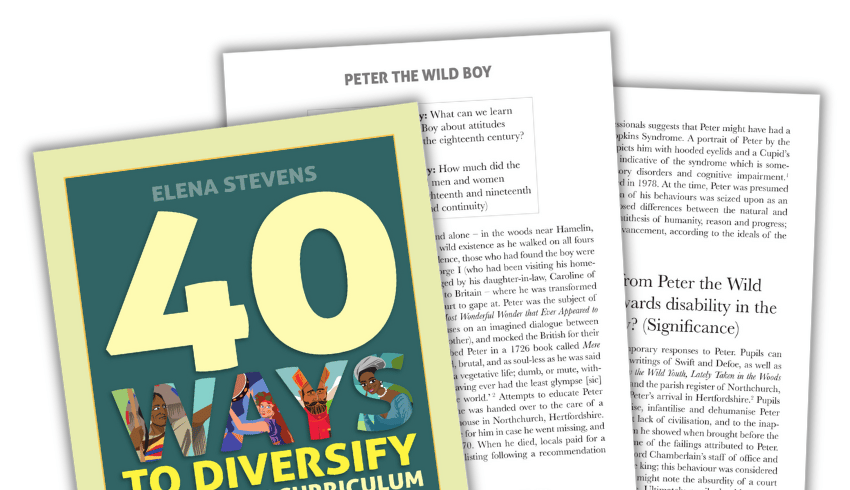
Discover how to make your history teaching more inclusive with this free sample chapter from 40 Ways to Diversify the History Curriculum by Elena Stevens. Focusing on the fascinating case of Peter the Wild Boy, it helps pupils explore 18th-century attitudes towards disability and how people with differences were perceived and treated.
School case study
Rachael Eckley, history subject leader at Coteford Junior in Hillingdon, Middlesex, has threaded disability history throughout her school’s curriculum as part of a broader diversity focus.
Within each period studied, pupils consider whether society has moved toward becoming more diverse, inclusive and equal. Rachael and her team have done a great deal of work to review the resources they use, avoid negative stereotypes and promote more authentic representation.
Rachael found the book I Am Not a Label: 34 Disabled Artists, Thinkers, Athletes and Activists from Past and Present by Cerrie Burnell (Wide-Eyed Editions) an extremely useful resource which supported her to include historical figures with a disability in many areas of the curriculum, including science, art and music.
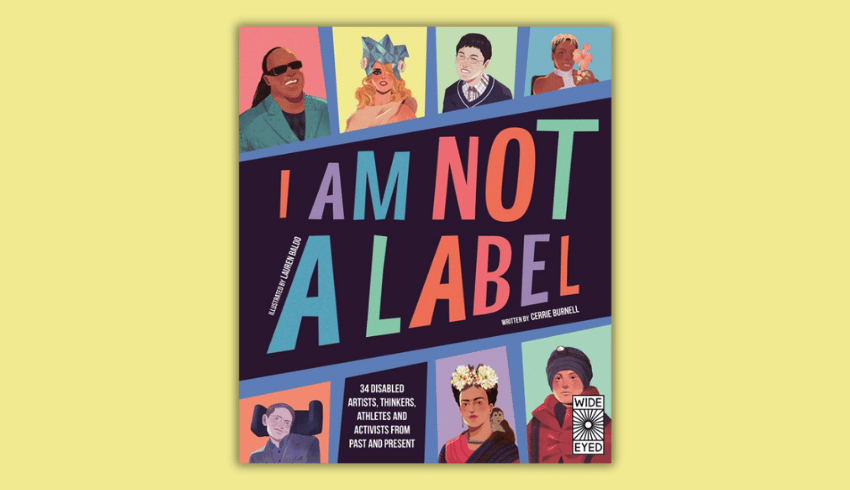
In Y6, pupils consider if society is more inclusive now than in the past. As an academy, Coteford can be more flexible in its curriculum than many schools, yet there is a great deal we can all take from their approach. Rachael feels it leads to “a dynamic history curriculum which encourages critical thinking while exploring the past.”
What are we waiting for? Let’s take up the challenge and join Rachael on her journey to a more diverse and representative history curriculum.
More useful disability resources
- Learning disability history website from teacher Ben Newmark, including pupil booklet, teacher guide and PowerPoint
- Free Disability History Month digital illustrated book from UK Parliament
- Different Like Me: By Book of Autism Heroes by Jennifer Elder (£11.99, Jessica Kingsley Publishers)
- Just Like Me: 40 Neurologically and Physically Diverse People who Broke the Stereotypes by Louise Gooding (£12.99, Studio Press)
- Disability and the Tudors blog post. This is aimed at secondary but contains useful links and advice for primary too
Bev Forrest is Chair of the Historical Association Primary Committee and author of Rising Stars History.



